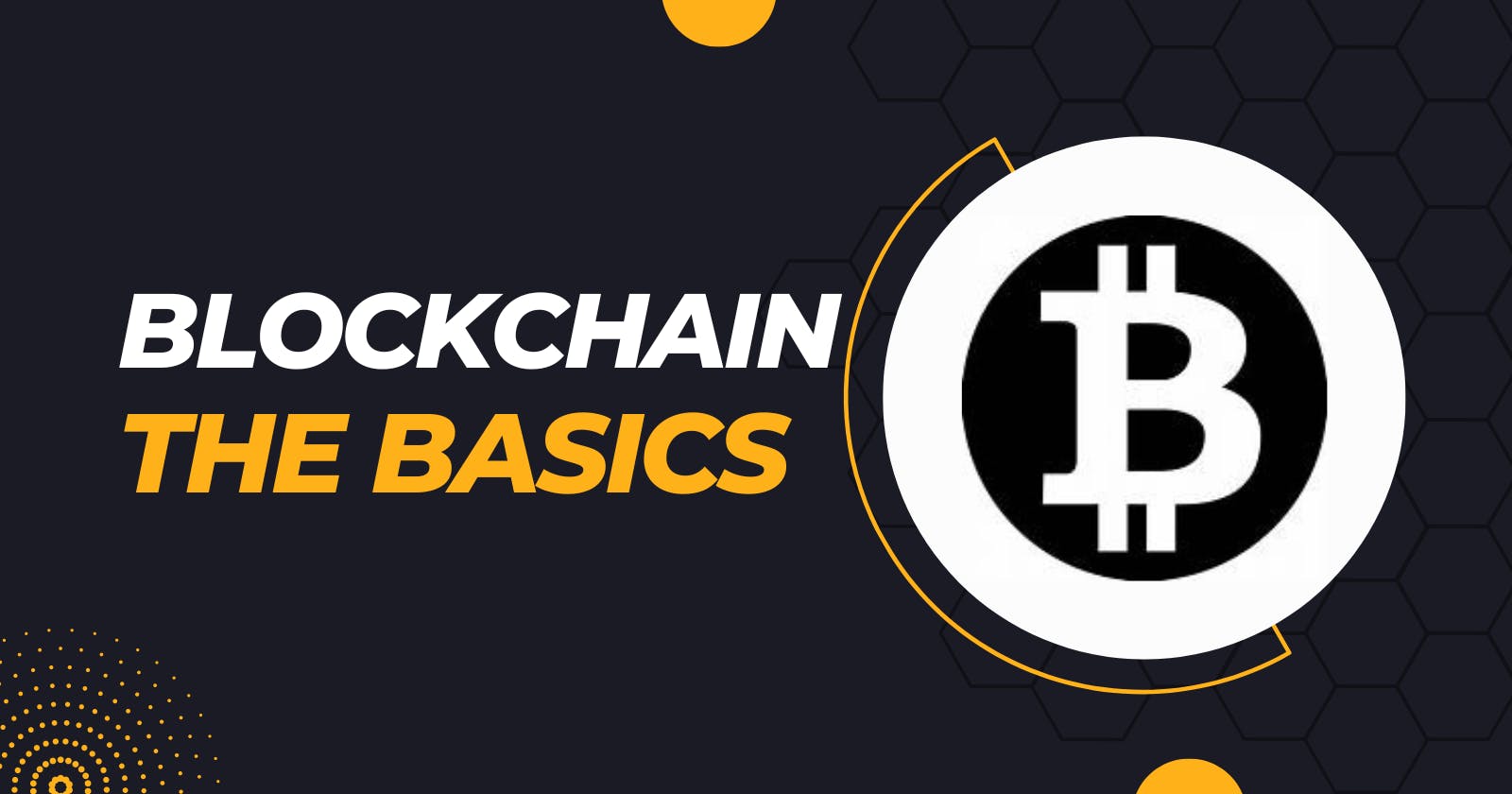WHAT IS BLOCKCHAIN?
Blockchain is a chain of blocks where each block contains a list of transactions or data. These blocks are linked together using cryptographic hashes creating a chain of blocks.
Once a block is added to the chain it's difficult to alter or remove the information without affecting the entire chain.
DECENTRALIZATION
Decentralization is a fundamental characteristic of blockchain technology. In a decentralized blockchain network, there is no central authority. Control is distributed among the participants or nodes. These nodes work together to validate or record transactions ensuring the security of the blockchain.
BLOCKCHAIN STRUCTURE
The key components of blockchain:
Blocks
Transactions
Chain
BLOCKS
Blockchain consists of a series of blocks. Each block contains a collection of data typically header and body.
The header contains metadata like the timestamp or hash value of the previous block in the chain.
The body contains actual data or the transactions being recorded.
TRANSACTIONS
Transactions are the fundamental units of data stored in the blockchain. They represent a transfer of assets, information or any other digital records. It can include details like the sender's or recipient's address or the amount being transferred.
CHAIN
The blocks are linked together in a sequential manner forming a chain. This linkage ensures the immutability of the blockchain.

BASIC BLOCKCHAIN OPERATIONS
TRANSACTION CREATION
Participants initiate transactions by creating and submitting them to the blockchain network.
TRANSACTION VALIDATION
Once the transaction is created it needs to be validated by the network. The validation process varies depending on the consensus algorithm.
BLOCK CREATION
Validated transactions are grouped together into blocks.
BLOCK VERIFICATION
Once a block is created it undergoes verification and validation by the network. Nodes in the blockchain check the validity of each block.
BLOCK PROPAGATION AND SYNCHRONIZATION
Validated and verified blocks are propagated throughout the network ensuring all nodes have up-to-date copies of the blockchain.
CHAIN MAINTENANCE
Blockchain network continuously maintains and updates by adding new blocks to the chain.
APPLICATIONS AND USES
Cryptocurrencies
Financial services
Voting systems
Digital identity management
Decentralized applications(DApps)
